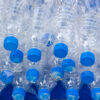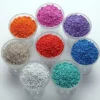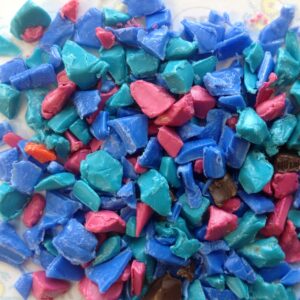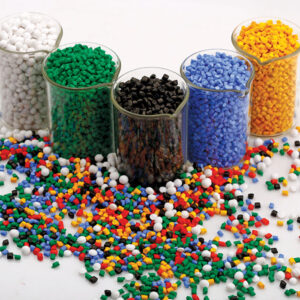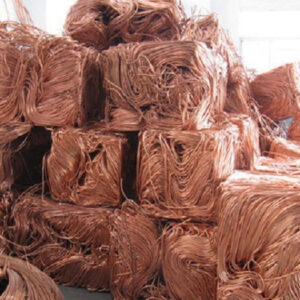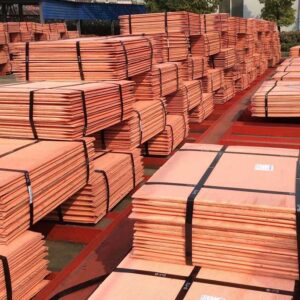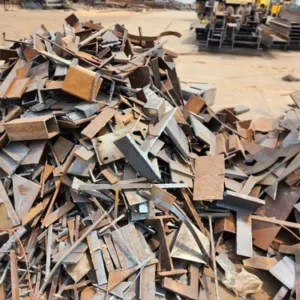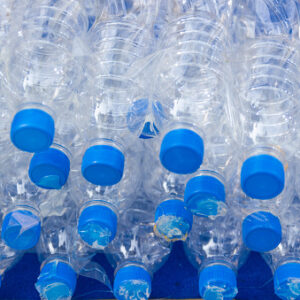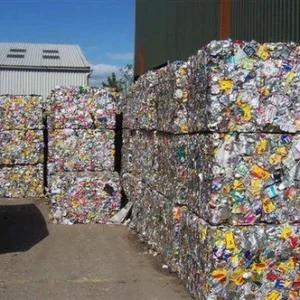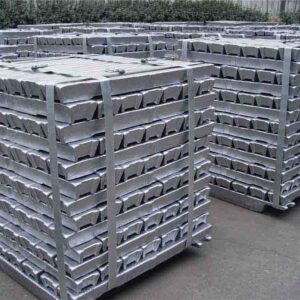PET Flakes are highly sophisticated material and it is highly valuable to throw it in a bin. It can be recycled, which means we can produce many new products using the used bottles. Every year billions of bottle waste get around the world. Collecting the whole waste can drastically reduce the waste and safeguard the environment. This recycling of PET starts from collecting the huge waste and compressing it to the huge bales and transferring it to the recycling plants and the PET bottles are crushed into flakes.
What are PET flakes?
Bottles made of Polyethylene terephthalate can be used to make lower grade products. PET flakes means small fragments of PET bottles which are broken off from the whole by cutting or crushing operations.
Process of making PET flakes to PET bottles:-
After undergoing the recycling process, we get the end product in the form of flakes which is known as PET flakes. After testing the quality of flakes/pellets and ensuring it is 100% safe they are turned back into bottles.
To produce the PET bottles, we use an injection stretch blow molding machine or PET blow molding machine. This sophisticated machine melts the flakes then dries it and turns it to perform. The injection molding injects the performs into desired molds and the robots cool and pay the production. We need a blow molding machine to cool the performers. Finally, the performers come out in perfect shape which is easy to transport and ready to make new bottles. This way of making bottles from recycled plastics there won’t be any wastage or nothing to send to landfills. We can’t find unnecessary drain on new resources and it’s the best resource and has wide usability.
Here at bright PET washing line industries, we aspire to make top-grade PET flakes for our clients to meet the requirements on a satisfactory level. Post-consumer PET bottles are crushed, shredded, hot/cold washed and sorted into different colors that are offered for sale to manufacturing companies directly. PET flakes are used to produce a range of products starting from polyester sheets to turning them back into PET bottles.

Hot washed PET Flakes:
These are used for several purposes such as:-
Polyester:- It accounts for roughly 60% of the world’s production of PET, more than what is used for making bottles. Polystyrene fabrics are used in clothes, home furnishing, shirts to hats, curtains, blankets etc.
Polyester Strapping:- This is a very strong material and can take up a lot of tension before elongation. It can be used to produce polyester strapping which is used in the packaging industry.
Polyester films:- Wide area of PET application is polyester films. Single and multi-layer films used for manufacturing industrial packages and food product packages.
Polyester Sheet for thermoforming:- We can use this sheet at least four ways such as insulation materials, packaging for toys, containers for grocery and food items.
Textile fibers:- Particular properties such as tensile strength, abrasion resistance and low moisture absorbing capacity, make the PET the most important raw material for manufacturing synthetics fibers. Textiles made of PET are crease resistant, weather resistant and fast drying, which makes them an excellent choice for manufacturing sports clothing- everyone can make a use of cozy polar fleece during winter time.
Cold washed PET_Flakes:-
It may include labels and caps. These may have a thin PVC layer such as 88% PET, 4% PVC and the rest are multi-layer. Moisture is a common feature in cold washed PET Flakes. We should expect around 1% moisture. They can come as transparent as well as dark, gren, blue or in other colors.
Unwashed PET_Flakes:-
These flakes are produced by crushing used PET bottles and may come with or without labels and caps. These flakes are widely used in industries for numerous purposes such as:-
Polyester resins:- PET in the form of resins is used as a component of paints and lacquers, and when combined with curing agents, it is used for making durable composites on the basis of polyester textiles.
Bottles:- Roughly 30% of the world’s production of PET is used to produce bottles. After the bottles are used by the consumers, they are collected, cleaned and crushed , then hydrolysed to be recycled back into bottles.
Recycled products will help us deal with plastic pollution in the future. We need to render a well-balanced, clean and healthy environment to our future generations and thus, this battle should be won anyhow.
Polyethylene terephthalate, also called PET Flakes, is the name of a type of clear, strong, lightweight and 100% recyclable plastic. Unlike other types of plastic, PET plastic is not single-use — it is 100% recyclable, versatile, and made to be remade. That’s why, America’s beverage companies use it to make our beverage bottles.
Even the Encyclopedia Britannica notes how unique and valuable PET is – “PET is the most widely recycled plastic. PET bottles and containers are commonly melted down and spun into fibres for fibrefill or carpets. When collected in a suitably pure state, PET can be recycled into its original uses, and methods have been devised for breaking the polymer down into its chemical precursors for resynthesizing into PET. The recycling code number for PET is #1.”
America’s leading beverage companies are working to get every bottle back so we can decrease our plastic footprint. We’ve joined preeminent environmental and sustainability leaders – World Wildlife Fund, The Recycling Partnership and Closed Loop Partners – to launch an industry wide initiative, Every Bottle Back, to increase the collection of plastic bottles so they can be remade into new bottles, reducing our reliance on new plastic and ensuring bottles don’t wind up in places they shouldn’t, such as lakes and rivers or wasted in a landfill.
Through significant investments, Every Bottle Back will help communities strengthen their recycling infrastructure by modernizing technology to collect and sort recyclable plastic bottles and providing greater access to recycling. Curious to learn how a PET plastic bottle is remade into a new bottle?

